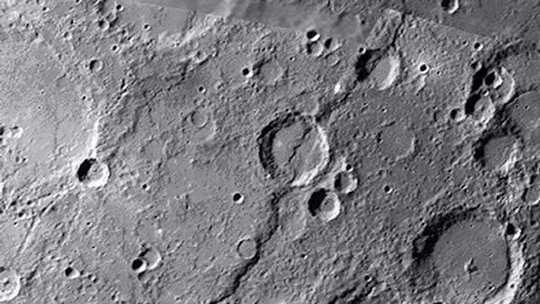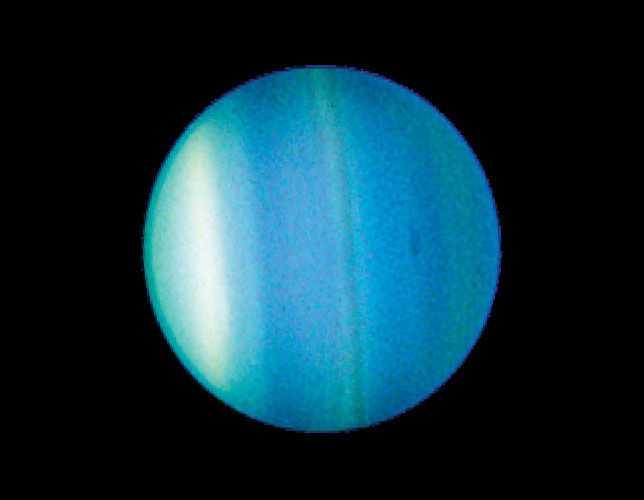Surface
Mercury's surface resembles that of Earth's moon, scarred by many impact craters resulting from collisions with meteoroids and comets. Craters and features on Mercury are named after famous deceased artists, musicians or authors.
Temperatures on the surface of Mercury are extreme, both hot and cold. During the day, temperatures on Mercury's surface can reach 800 degrees Fahrenheit (430 degrees Celsius). Because the planet has no atmosphere to retain that heat, nighttime temperatures on the surface can drop to minus 290 degrees Fahrenheit (minus 180 degrees Celsius).
Mercury may have water ice at its north and south poles inside deep craters, but only in regions of permanent shadow. There it could be cold enough to preserve water ice despite the high temperatures on sunlit parts of the planet.
45
173 reads
CURATED FROM
IDEAS CURATED BY
I'm passionate about helping people live their best lives. I'm a lifestyle coach & burnout coach.
The idea is part of this collection:
Learn more about health with this collection
Basic survival skills
How to prioritize needs in survival situations
How to adapt to extreme situations
Related collections
Similar ideas to Surface
5 Need-to-Know Facts about MERCURY.
On mercury Daytime Temperatures can reach 430 degrees Celsius and drop to -180 degrees Celsius at night.
One day-night cycle on Mercury takes 175.97 Earth days and a year of Mercury is just 88 Earth days.
Standing on Mercury's surface at its closest approach to the Sun, our star woul...
Surface
As an ice giant, uranus doesn’t have a true surface. The planet is mostly swirling fluids.
While a spacecraft would have nowhere to land on Uranus, it wouldn’t be able to fly through its atmosphere unscathed either. The extreme pressures and temperatures would destroy a metal spacecraft.
Moons
Neptune has 14 known moons, neptune's largest moon Triton was discovered on October 10, 1846, by William Lassell, just 17 days after Johann Gottfried Galle discovered the planet.
Since Neptune was named for the Roman god of the sea, its moons are named for various lesser sea gods and nymphs...
Read & Learn
20x Faster
without
deepstash
with
deepstash
with
deepstash
Personalized microlearning
—
100+ Learning Journeys
—
Access to 200,000+ ideas
—
Access to the mobile app
—
Unlimited idea saving
—
—
Unlimited history
—
—
Unlimited listening to ideas
—
—
Downloading & offline access
—
—
Supercharge your mind with one idea per day
Enter your email and spend 1 minute every day to learn something new.
I agree to receive email updates


